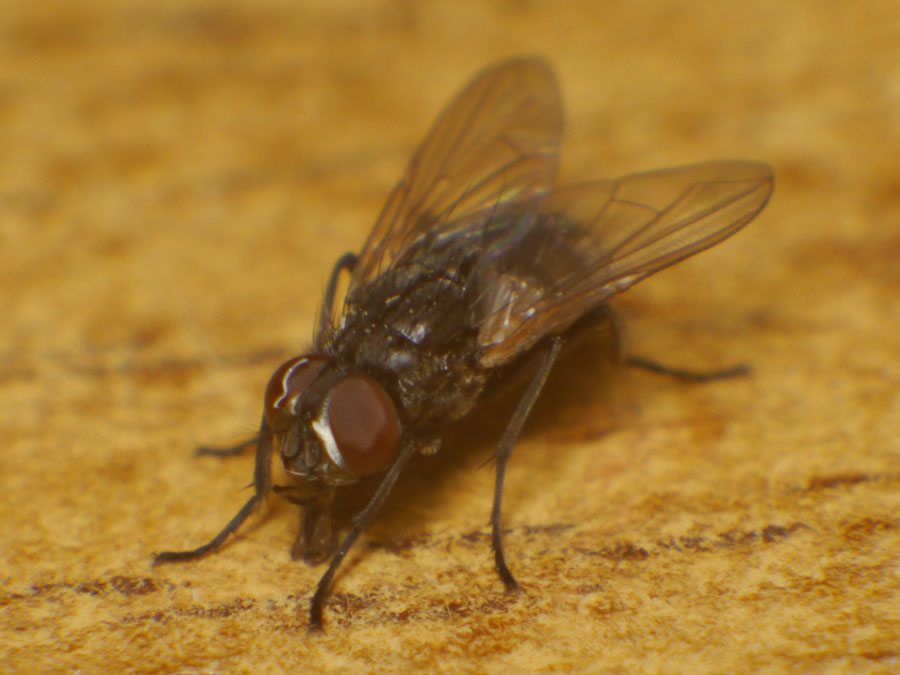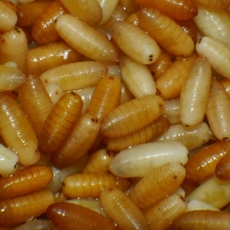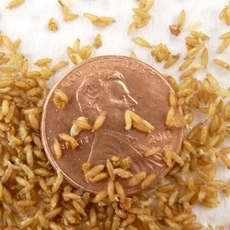


To Use or Not to Use
Wild fruit flies and houseflies are not the best options for everyone. They can be incredibly annoying and they grow rapidly, which can make more work and other difficulties. You definitely should not use them around sick animals or in filthy environments and it may not be a good idea feed them with untreated animal remains or droppings. They can carry germs and parasites from one place to another even if they are not infected.
We use them because they are very versatile, have short generation times, tend to have high and sustained acceptance rates and because they readily adapt to diverse diets and can be very nutritious.
Versatility
Flies can be used as flies, maggots, and even eggs. It is possible to harvest different instars of the maggots to feed very small animals or produce very small flies. Winged fliers (not flightless mutations) may easier to spot by some, easier to catch by aerial web weavers and better pollinators.
Generation Times
House flies and fruit flies have much shorter generation times than most
Acceptance
Both of these, as maggots, pupae, fliers and even mutants tend to have high acceptance rates across a broad spectrum of predators and insectivores. They do not have biting mouthparts, repulsive or toxic secretions or heavy armor.
There are exceptions. For instance, feeding housefly maggots tend to be a bit slimy and repulsive and it is possible to produce diseased and toxic maggots and flies if they are fed, stored or processed improperly.
Nutrition
Fruit flies and houseflies readily adapt to different diets as well as diets from diverse sources. This makes it easy to produce much more nutritious feeders for your animals.
Improving fly diets can improve the health of the animals you are feeding, increase growth rates and size, reduce or eliminate cannibalism and reduce mortality
